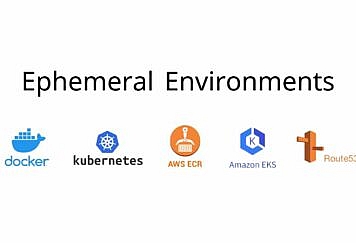Assistive technology refers to systems and equipment that aids and enhances the lives of people living with a disability. Most of us know about the types of AT available in the home, but not many think about the changes made to work environments.
Employers are responsible for ensuring that their employees can complete their tasks safely and securely. Luckily, there are plenty of advancements out there that can help with this.
Below, we will go further into the importance of assistive technology in the workplace and give some examples of adaptions that can be made.
Are you interested in learning more? Then let’s get started.
Accessibility Support
Specific disabilities can make it challenging for individuals to enter a building or facility. Therefore, accessibility support such as lifts, wheelchair ramps, and railings should be implemented for those who can’t use stairs safely. These aren’t just critical for team members but also for customers, clients, and visitors.
If you believe that your employers are not making the necessary changes to help you work efficiently, it’s important that you reach out to the right professional help. These lawyers working disability cases in Phoenix will determine if you can make a claim.
Advanced Office Tech
We already know how incredible technology can be in an office environment. There are so many different software and programs that allow team members to work productively and efficiently.
However, AT takes things to an entirely new level, assisting those with various conditions. For example, artificial intelligence and voice recognition can allow individuals to control a computer without a mouse and keyboard. There are also screen readers that can read text aloud for those with visual impairments.
Work Vehicle Modifications
Vehicle modifications may not be as commonly seen, but it’s still important to include them on this list. Disabilities do not always limit a person’s ability to drive, provided the necessary different enhancements have been made.
For instance, the location of switches, pedals, and indicators can be moved to a more accessible location. It’s also possible for vehicles to have hand acceleration/braking control for those that may not be able to use foot pedals.
Ergonomic Workstations
Lastly, some AT changes aren’t actually that dramatic and can even help improve the lives of everybody in the workplace. Office ergonomics refers to the process of designing a space with tools that are easier and safer to use.
One example would be ergonomic keyboards and mouses that aim to reduce repetitive stress injuries. Desks and chairs can also help support and improve posture while limiting strain. You can read more information about creating the proper setup here.
Final Words
As you can see from the above, assistive technology does play an essential role in the workplace. Alongside allowing those with a disability to continue comfortably in their position, it opens doors for those that aren’t currently employed.
What do you think? Will we be able to see even more incredible advancements in the future?
Follow TechStrange for more Technology, Business and Digital Marketing News.




![[pii_email_32dbe586a362437df5b4]](https://www.techstrange.com/wp-content/uploads/2020/07/pii_email_32dbe586a362437df5b4-356x243.jpg)
